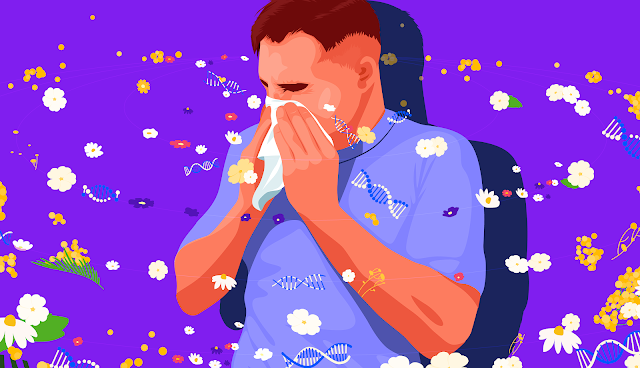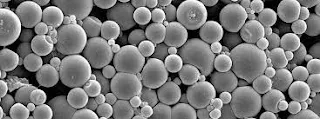Anti-allergy Textiles - A solution for Asthma and Dust Allergy

Devan Chemicals based in Belgium have developed a microencapsulation finish to help people against allergic reaction to dust. Let's dig into it.
What & How of Allergy
An allergy occurs when the immune system mistakenly recognizes a harmless substance as harmful and overreacts to it. The substance that triggers this reaction is called an allergen. Common allergens include pollen, dust mites, mold, pet dander, and certain foods. When an allergen enters the body, the immune system produces antibodies called Immunoglobulin E (IgE) to fight it off. These antibodies trigger the release of chemicals such as histamine, which cause symptoms such as sneezing, itching, and inflammation.
Solution - Probiotics + Microencapsulation
Probiotics are live microorganisms that are similar to the beneficial microorganisms found in the human gut. They are often referred to as "good" or "helpful" bacteria because they help to keep the gut healthy. Probiotics can be found in supplements and fermented foods such as yogurt, kefir, sauerkraut, and kimchi. They are also available in the form of powders, capsules, and liquids.
Probiotics work by restoring the balance of microorganisms in the gut, which can be disrupted by a variety of factors, such as antibiotics, a diet high in sugar, and stress. They are believed to help with a range of health issues, including diarrhea, irritable bowel syndrome, inflammatory bowel disease, and even eczema and allergies. Microencapsulation is a process that involves enclosing a small particle or droplet, called the core, within a thin coating of a polymeric material, called the shell. The core can be a liquid, a solid, or a gas, and the shell can be made of a variety of materials, such as polysaccharides, proteins, lipids, or synthetic polymers.

The purpose of microencapsulation is to protect and deliver the core material in a controlled manner. The shell can protect the core from external factors such as heat, light, and moisture, and can also slow down or control the release of the core material. This can be useful in a wide range of applications, such as food and beverage production, pharmaceuticals, and cosmetics. For example, in food and beverage production, microencapsulation can be used to protect flavors and fragrances from degradation, and to control the release of flavors in a food product. In pharmaceuticals, microencapsulation can be used to protect drugs from the acidic environment of the stomach and to control their release in the body.
The Anti-allergy Technology

This anti-allergy technology is based on encapsulated probiotics. Dormant probiotic bacteria (spores) are first encapsulated. After that, the microcapsule product is incorporated into textiles. The shell is based on a natural crosslinked biobased polymer, which results in microcapsules that are up to 97% biobased and readily biodegradable.
Friction breaks open the capsules, releasing the spores. The spores absorb moisture, self-activate, and begin to multiply. Probiotic bacteria begin to consume allergens that cause allergic reactions and asthma attacks.
Individuals with respiratory allergies such as house dust mite matter, pet allergens, and pollen allergens will have milder to no symptoms and thus a better sense of well-being due to lower allergen concentrations.
Company claim that this Oeko-tex® compliant solution, is wash durability up to 30 washes.
Source: Devan Website